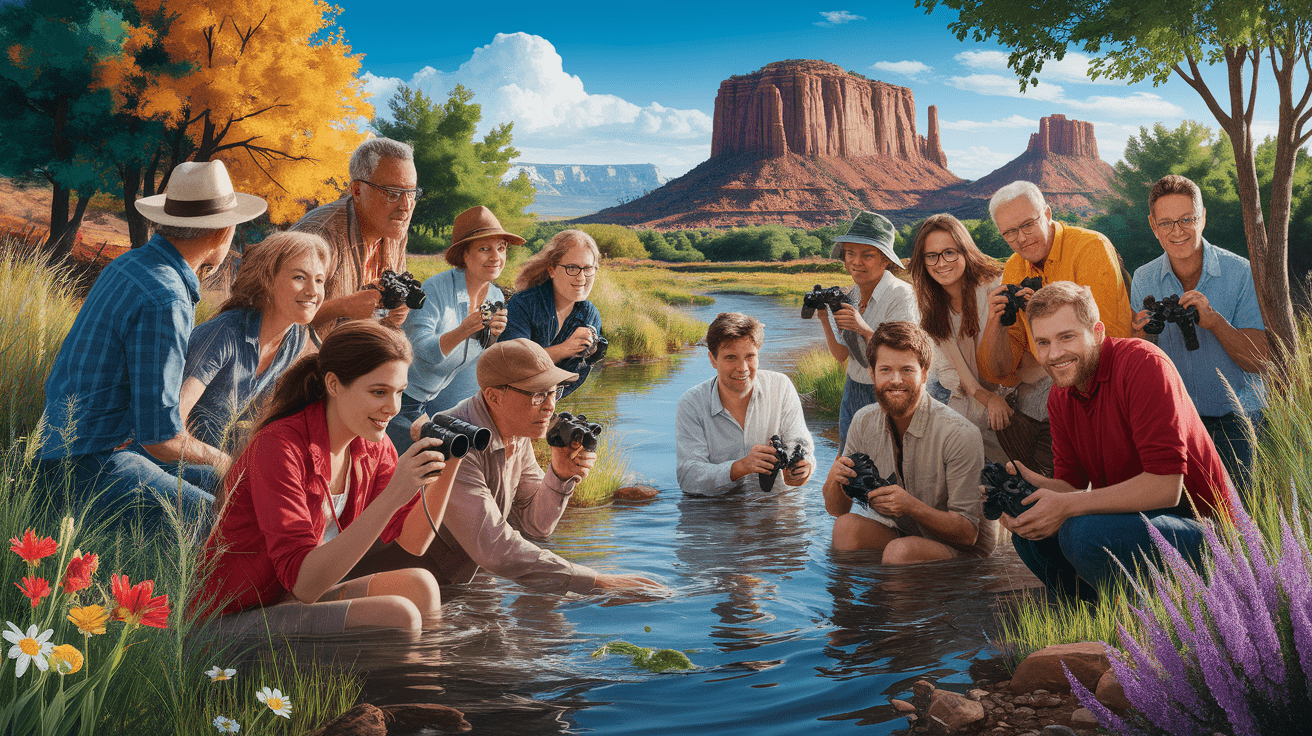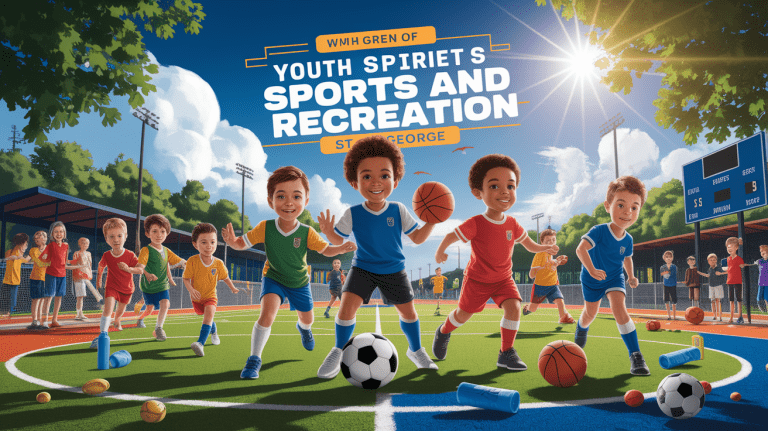St. George Citizen Science Projects and How to Join
Jumpstart Your Citizen Science Journey in St. George
St. George, Utah, with its stunning red rock landscapes and rich desert ecology, is an inspiring place to get involved in citizen science. These community-based research projects bring local residents into the heart of science, allowing anyone to help gather valuable environmental data, support conservation efforts, and connect more deeply with the outdoors.
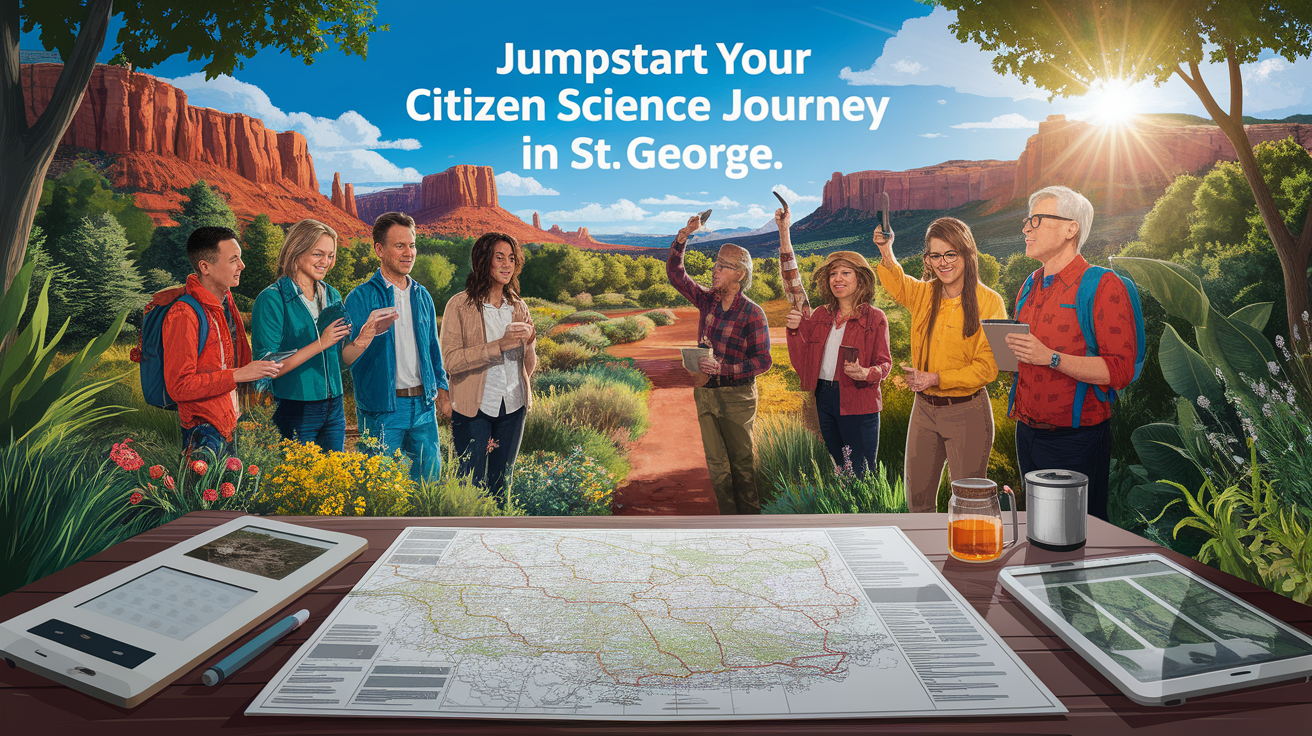
Citizen science can mean anything from recording wildlife sightings to assisting with water quality testing or even joining climate research studies. It’s hands-on learning combined with community impact. You don’t have to be a professional scientist to contribute—projects welcome people of all skill levels, and many provide training resources to help you get started. For a detailed look at national programs and how they work, you can check out the USA.gov citizen science guide.
Spotlight on the St. George Rainway Monitoring
While St. George, Utah, offers desert ecology and wildlife observation opportunities, there’s an excellent example to draw inspiration from—the St. George Rainway project in Vancouver. This green infrastructure initiative uses rain gardens to manage rainwater runoff while boosting biodiversity.
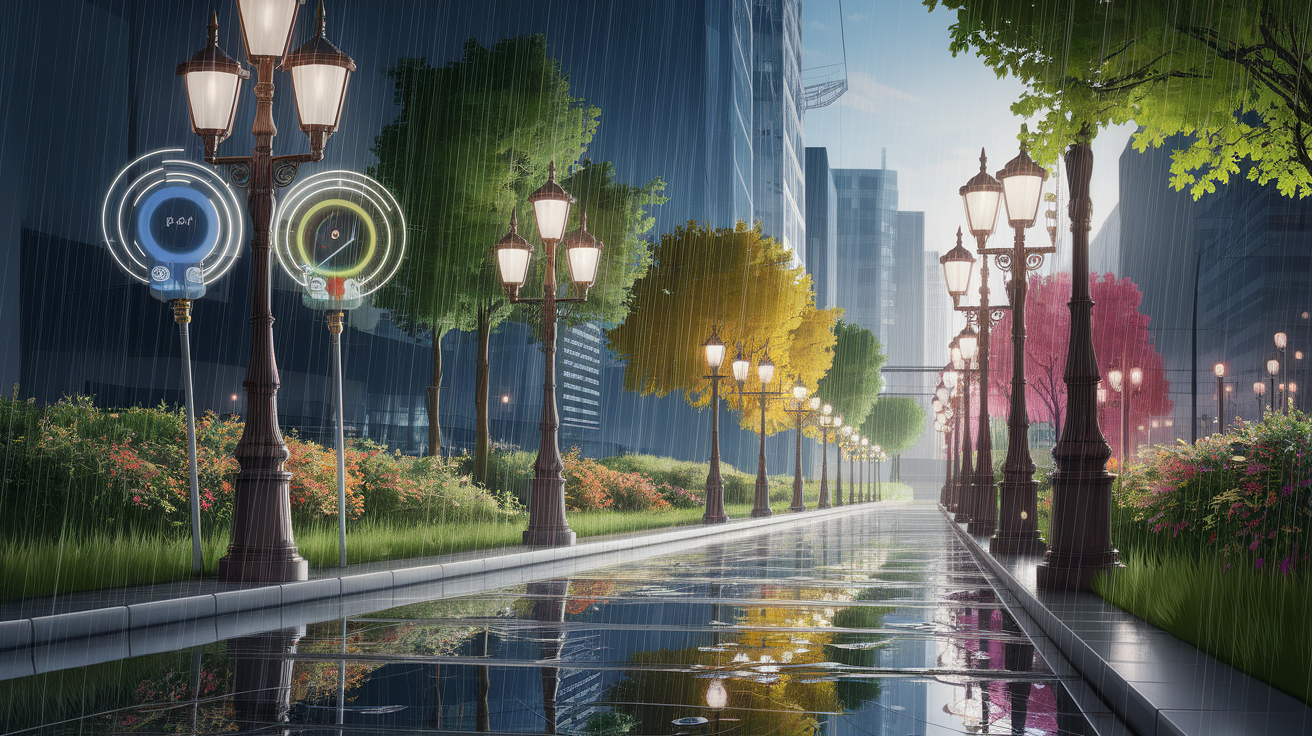
Citizen scientists are key to tracking changes in the Rainway’s ecosystem. Participants record sightings of birds, plants, insects, and small mammals through the iNaturalist project page. This “baseline” biodiversity data is compared over time to measure how the Rainway is affecting local ecology. While the Vancouver project focuses on an urban setting, similar methods can be applied right here in St. George, where monitoring desert habitats or riparian areas near the Virgin River can reveal equally fascinating results.
Easy Steps to Join and Contribute
Joining a citizen science project—whether in St. George, Utah, or elsewhere—is usually simple. Here’s a helpful approach:

- Find a project: Use platforms like SciStarter’s project finder or local community bulletins to search for initiatives that match your interests, such as desert wildlife observation or water quality testing.
- Register or sign up: Many projects require a short registration to keep you updated on guidelines and training opportunities.
- Get familiar with tools: For biodiversity studies, download apps like iNaturalist to record species and access identification guides.
- Attend training (if offered): Workshops or online tutorials help ensure the data you collect is accurate and useful.
- Start observing: Whether you’re noting wildflowers along a trail or testing water in a nearby stream, the aim is consistent, quality data gathering.
Some projects involve one-time participation, such as a BioBlitz event—a short, intensive biodiversity survey—while others may encourage ongoing contributions over months or seasons.
Ongoing Engagement and Community Impact
Citizen science in St. George is more than just data collection; it’s about building a community of environmental stewards. When locals track biodiversity in the red rock ecosystem or check the health of water sources, they contribute both to science and to policy decisions that can shape the future of the area’s environment.

Projects like the Rainway initiative show how community collaboration results in robust datasets used by city planners and conservation groups. Similar environmental agency case studies highlight improved habitats for pollinators, birds, and native plants thanks to citizen-led monitoring. In St. George, such efforts support Zion National Park’s fragile ecosystems, manage desert water resources wisely, and increase public awareness about habitat preservation.
By staying engaged—submitting seasonal observations, mentoring new volunteers, or joining local environmental events—you help ensure that scientific collaboration continues to thrive and benefit the community.
Final Thoughts: Grow Your Green Legacy
Getting involved in St. George’s citizen science scene is a rewarding way to combine outdoor enjoyment with meaningful environmental action. Whether you start with attending a local BioBlitz, join a biodiversity study via iNaturalist, or partner with groups for water quality testing, your contributions will leave a lasting mark on the community’s understanding of its natural surroundings.
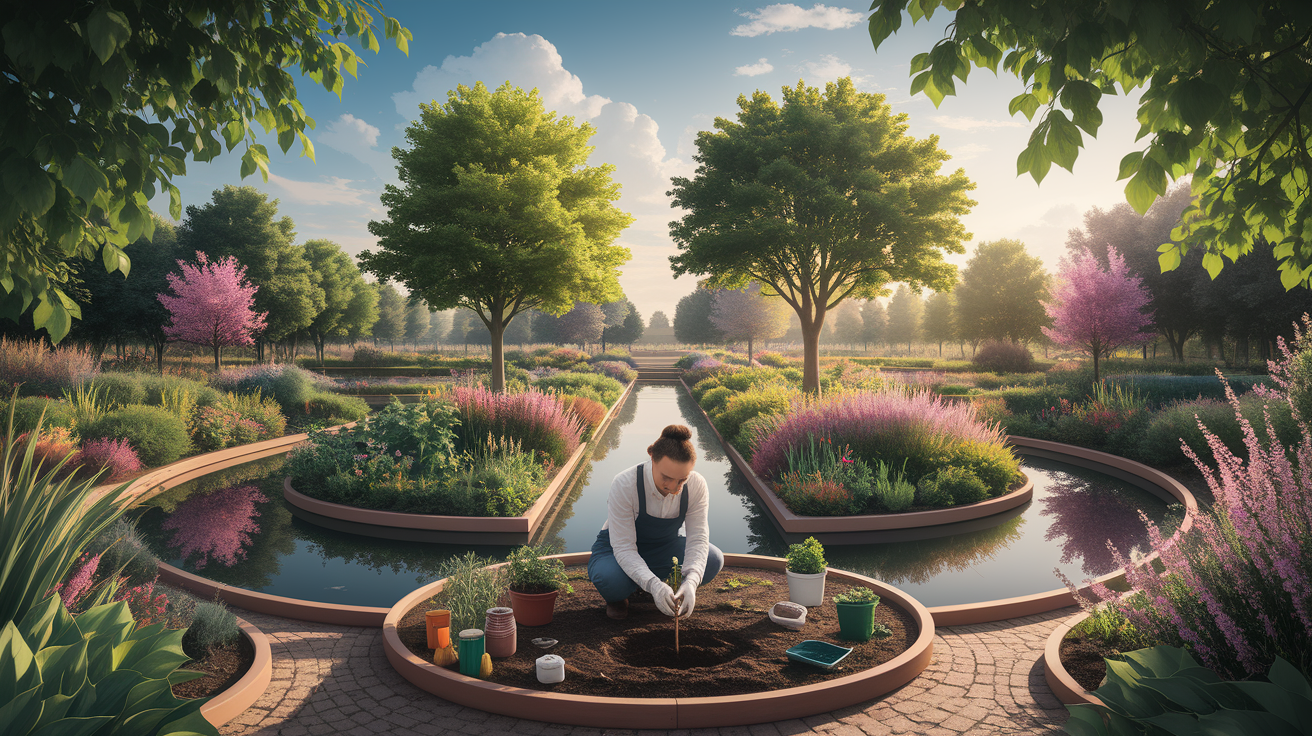
Citizen science is open to everyone—from beginners to seasoned nature observers—and helps strengthen both scientific literacy and conservation outcomes. If you’re ready to explore, observe, and make a difference, find a project that sparks your curiosity and take the first step. Your participation today can help safeguard St. George’s unique desert ecology for generations to come.

